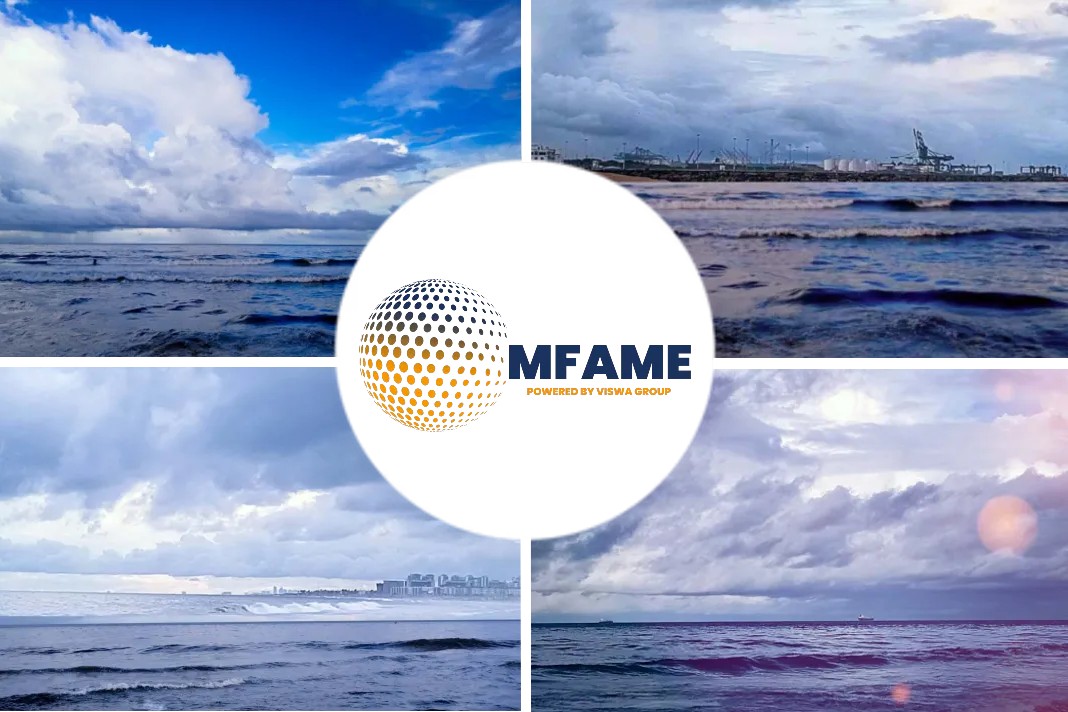
European renewable power capture rates top this week’s selection of energy and commodity trends. S&P Global Commodity Insights editors are also watching Texas gas demand and oil trade flows and price spreads, as the EU ratchets up sanctions on Russia and OPEC+ restrains production, says an article published on their site.
1. European solar capture rates fall as additions mount
What’s happening?
Solar is booming in Europe, with capacity of 100 GW foreseen over the two years to end-2023. Over 1 GW of was added in Germany alone in May, the third month in a row of 1-GW-plus additions as the sector heads for a record year. The phenomenon has seen renewable energy capture prices dip across Europe, with German solar plant earnings just 66% of average day-ahead power prices in May.
What’s next?
The risk of price cannibalization due to solar additions is prompting a fresh surge in battery storage installations, with developers seeking co-location of assets to maximize scarce grid connection availability. UK system operator National Grid ESO expects the addition of 2 GW of storage this year will help balance the grid next winter. It should also help wind and solar operators access higher prices post-production, when demand picks up.
2. Texas heatwave fuels stronger gas burns, narrower price spreads at Waha
What’s happening?
Blistering temperatures across Texas in late June are fueling a surge in gas-fired power burns. Over the past week, temperatures across central Texas have climbed into the triple digits. As the National Weather Service issues excessive heat warnings for dozens of counties across central Texas, gas-fired power burn demand has surged to an average 7.1 Bcf/d over the past week – about 1 Bcf/d above the prior three-year average and a new record high for late June, data from S&P Global Commodity Insights showed.
What’s next?
Total gas demand across Texas this month has averaged a record-high 19 Bcf/d, thanks to strong feedgas flows and record power burns. Incrementally higher local demand around the Permian Basin and strong outflows appear to be lending support spot gas prices at Waha. Over the past week, the basis discount at Waha has narrowed significantly with the benchmark West Texas location trading just 24 cents behind Henry Hub, S&P Global Commodity Insights data showed. As sweltering conditions across Texas persist, stronger demand for Permian production could keep cash basis prices at Waha elevated, at least over the short term.
3. EU adopts new sanctions clamping down on obscure Russian oil exports
What’s happening?
The European Commission formally adopted June 23 its 11th sanctions package against Russia which includes measures to clamp down on offshore tanker transfers of Russian oil and a ban on Russian crude flows via the northern branch of the Druzhba pipeline. Analysis from S&P Global shows Russian oil involved in STS transfers likely ends up outside the EU and the tankers are not necessarily insured in G7 member states, but some market watchers blame the obscure Russian shipments for helping to erode the discounts for Moscow’s oil. S&P Global Commodity insights data shows that 215 tankers totaling 9.31 million dwt were engaged in 524 dark STS transfers in the first quarter of this year, compared with 72 tankers with 2.40 million dwt in 161 transfers in the same period last year, before Russia was hit by sanctions.
What’s next?
The EU’s latest sanctions package includes provisions to ban ships from EU ports if the vessel is suspected of engaging in ship-to-ship transfers of oil in breach of the Russian oil import ban or G7 Coalition price cap. Vessels will also be denied access if they manipulate or turn off their navigation tracking system when transporting Russian oil or fail to notify the competent authority at least 48 hours in advance about a ship-to-ship transfer occurring within the Exclusive Economic Zone.
4. European crude heads to Asia as Brent narrows premium to Dubai
What’s happening?
The Brent/Dubai exchange of futures for swaps spread, a key indicator of ICE Brent’s premium to benchmark cash Dubai, narrowed near a 2 ½-year low in recent week. Platts assessed prompt Brent/Dubai EFS at 96 cents/b for August at the June 16 0830 GMT Asia close, the lowest since Jan. 25, 2021, when the prompt EFS was assessed at 92 cents/b, S&P Global Commodity Insights data showed. Asian sour crude traders and refiners attributed the narrowing Brent/Dubai EFS to OPEC+ alliance’s voluntary production cuts, against higher availability from the US pushing down the Northwest Europe market.
What next?
Several VLCCs carrying North Sea crude and multiple African crude cargoes are expected to reach Asia over the coming weeks as the narrow EFS makes low sulfur crude grades linked to the European benchmark more attractive than some Middle Eastern grades for Asian refiners. The VLCC Izki was seen fixed to load 270,000 mt in the first half of July from Hound Point, Scotland, to the East, while two VLCCs, Dilam and Serifos, that loaded around 2 million barrels each of Forties crude in June from Hound Point are headed to South Korea and China, according to shipbroker reports and Kpler shipping data. In addition, close to 54 million barrels of crude for June loading from West Africa were seen fixed to Northeast, Southeast Asia as well as India.
Did you subscribe to our daily Newsletter?
It’s Free! Click here to Subscribe
Source: SP Global















